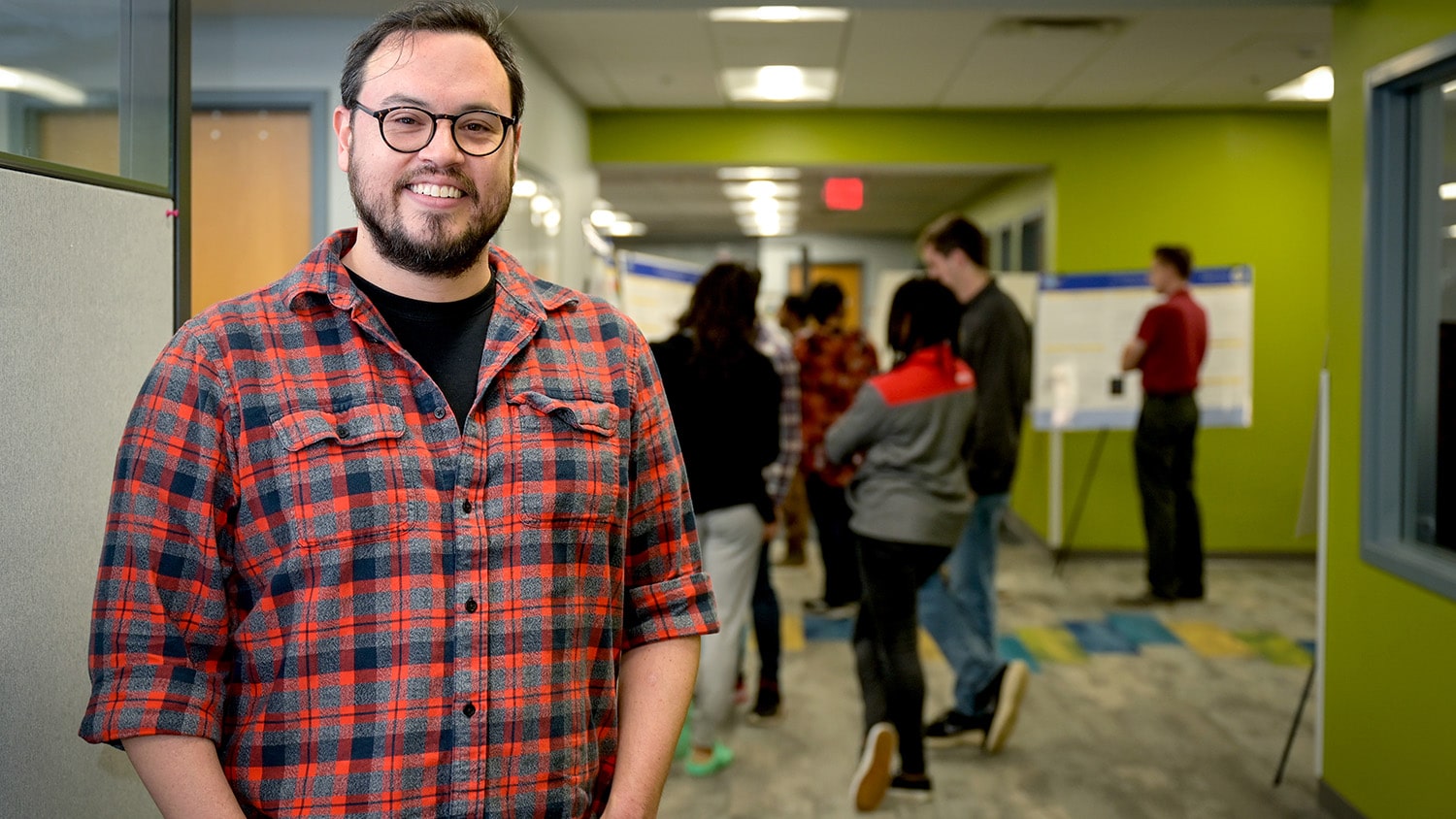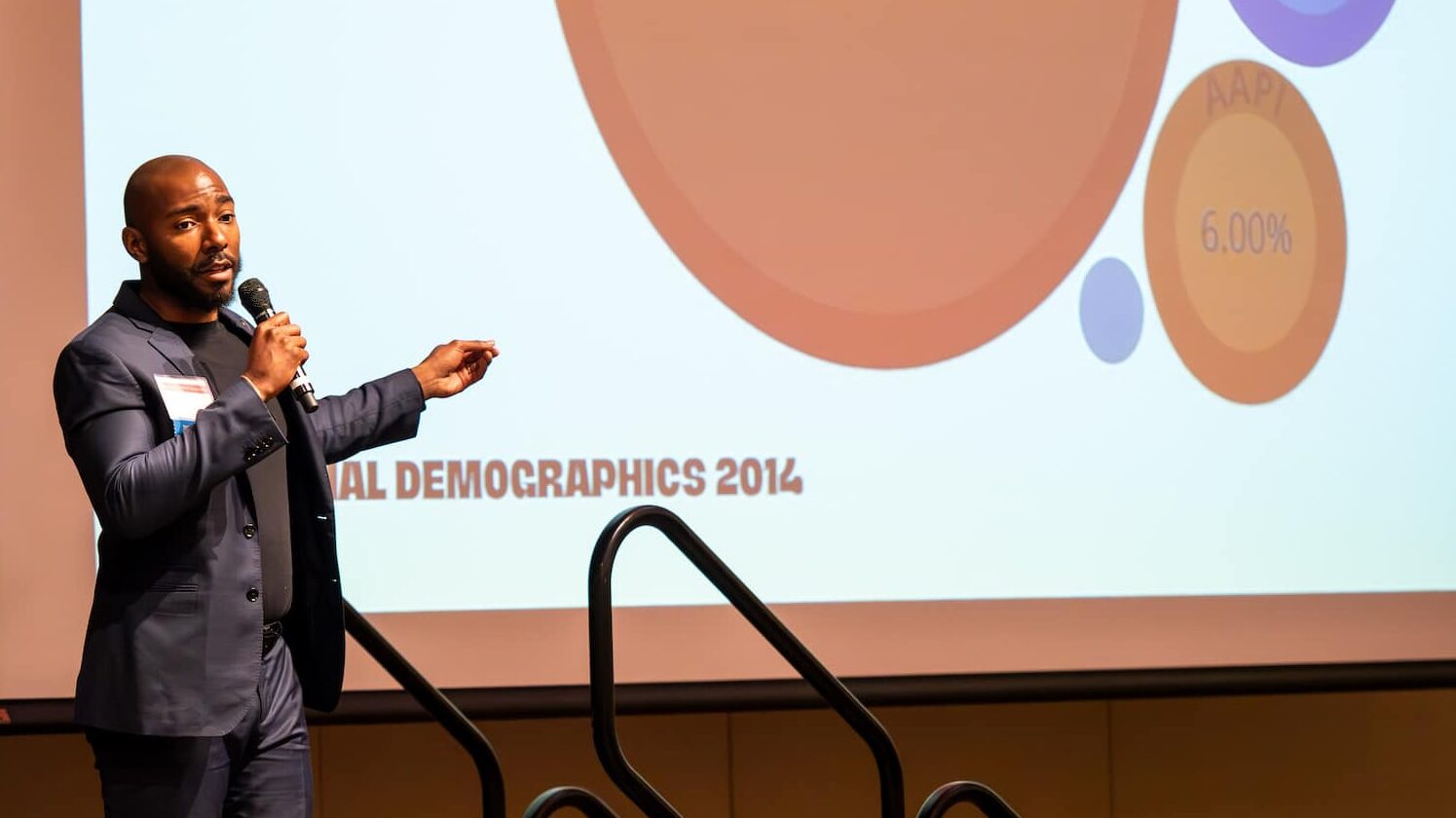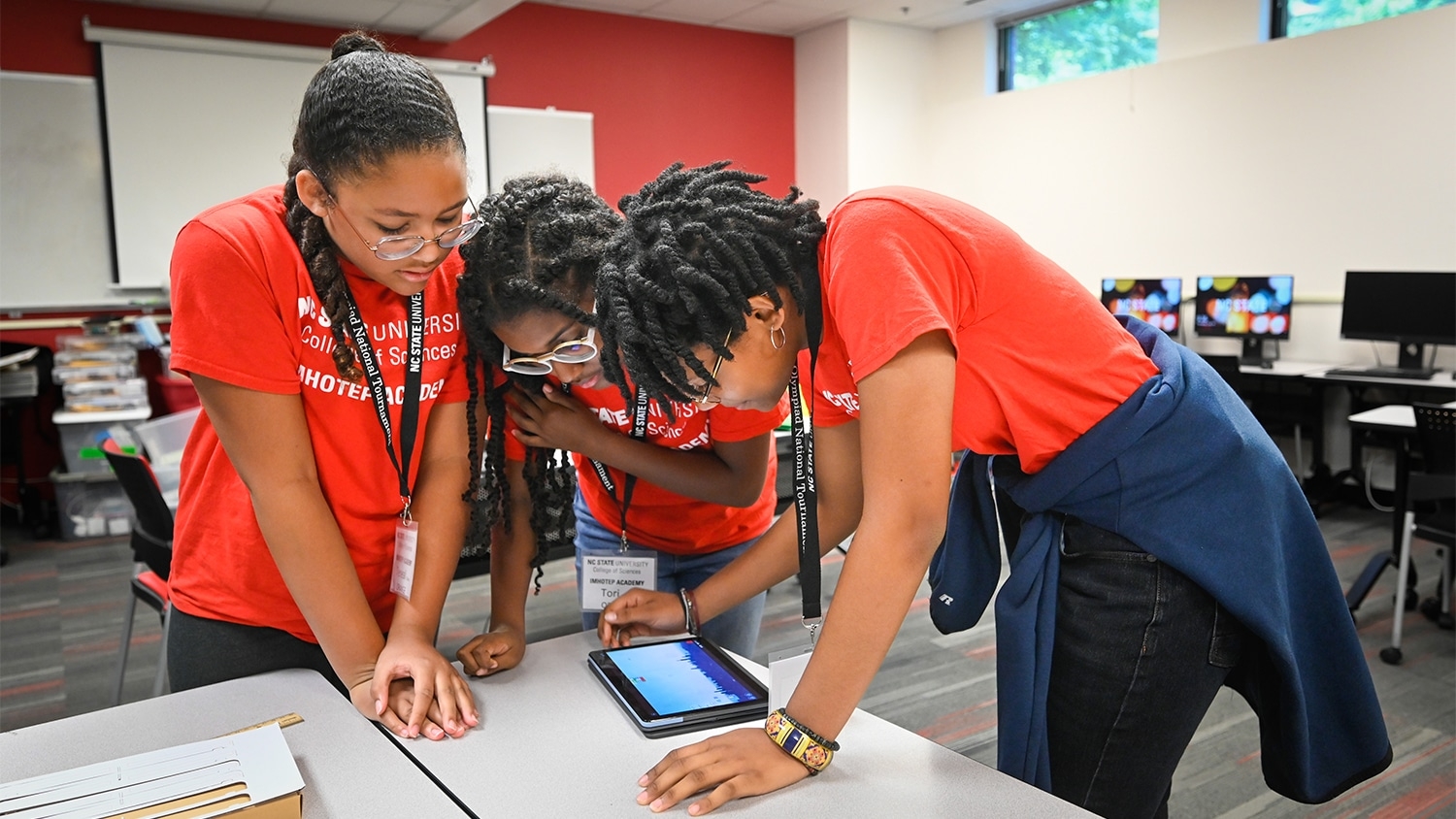Catalyst Program Goes to NASA
A group of high school students with disabilities visited NASA’s facilities to learn more about STEM opportunities.
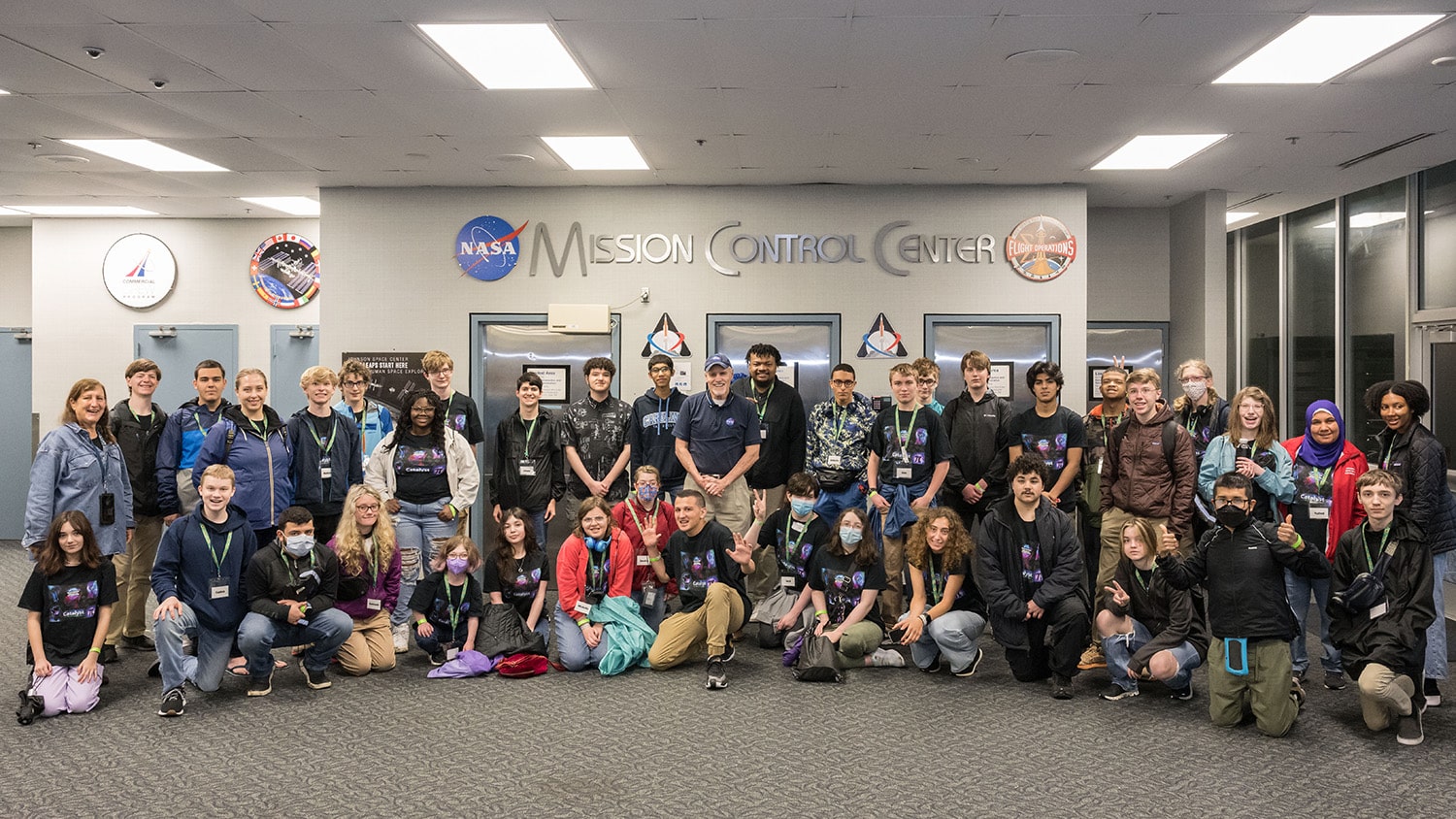
From April 6-9, a group of students from Catalyst — a program of The Science House designed to create STEM opportunities for high school students with disabilities — visited NASA’s facilities in Houston, Texas. The once-in-a-lifetime trip presented an opportunity for the students to engage with adults with disabilities thriving in STEM careers.
Get a firsthand account of the experience from Catalyst Director Joann Blumenfeld.
Arriving in Houston
We had a great first day at NASA, even though we started at 3:30 a.m. The team welcomed us with a pizza lunch and talked to us about different careers at NASA and educational pathways to work there. Throughout our visit, a great NASA team transported us, taught us and made us feel welcome.
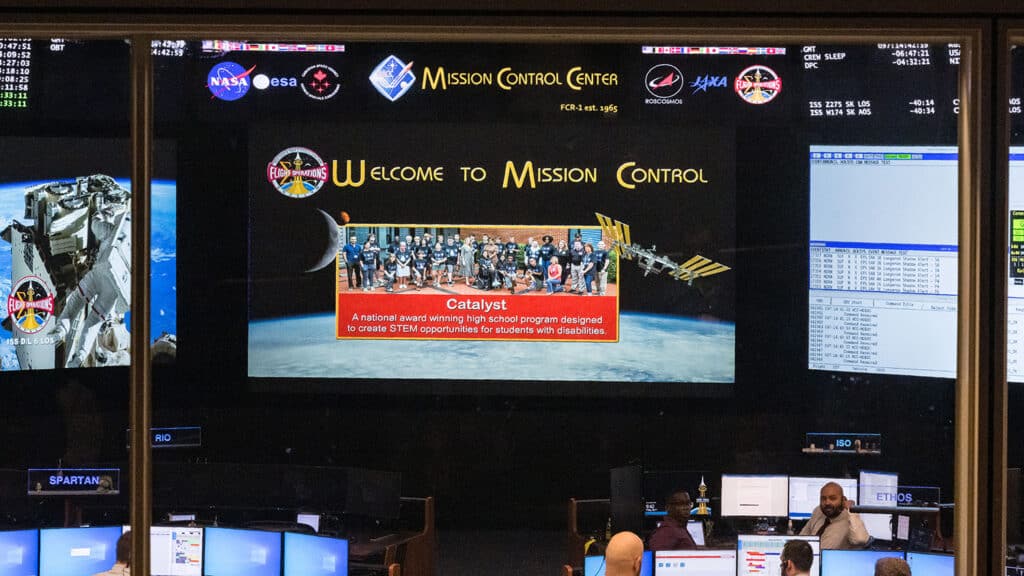
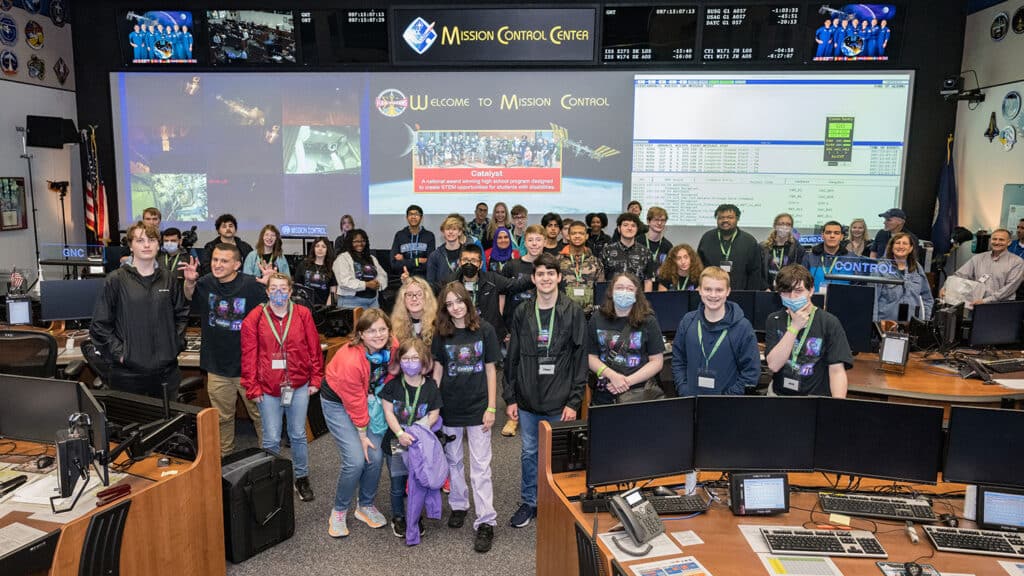
Meeting STEM Professionals With Disabilities
The trip was a testament to NC State’s and NASA’s commitment to promoting an inclusive STEM workforce. NASA’s goal is for 12% of its employees to be people with disabilities. Tracy Minish, the operations manager of NASA’s Mission Control Center, who is visually impaired, organized the trip for the students. He has also been an internship site supervisor for Catalyst. We also met the manager of the Neutral Buoyancy Laboratory (NBL) — a NASA-operated astronaut training facility — who was hearing impaired, and an engineer with dyslexia.
It was wonderful to hear NASA employees with disabilities share their success stories. They encouraged the students to go after their dreams, because the STEM workforce needs their talents, skills and abilities. NASA understands that people with disabilities have great talents and capabilities that can help the agency reach its goals!
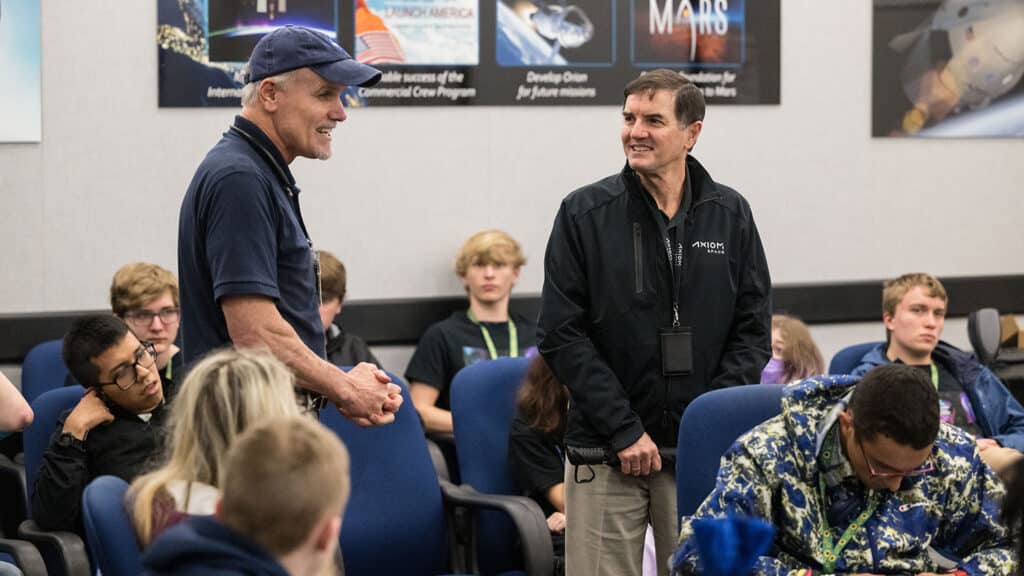
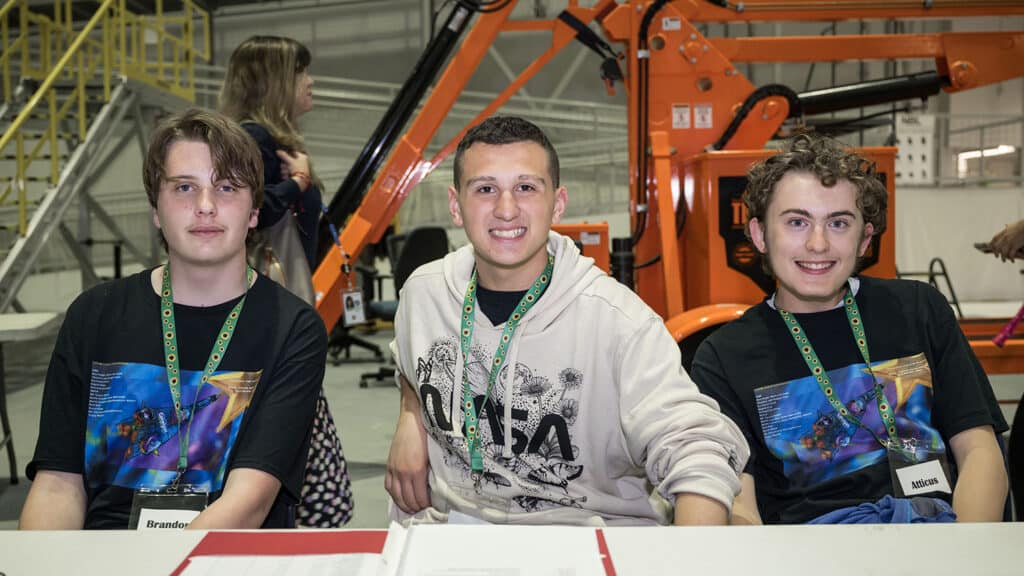
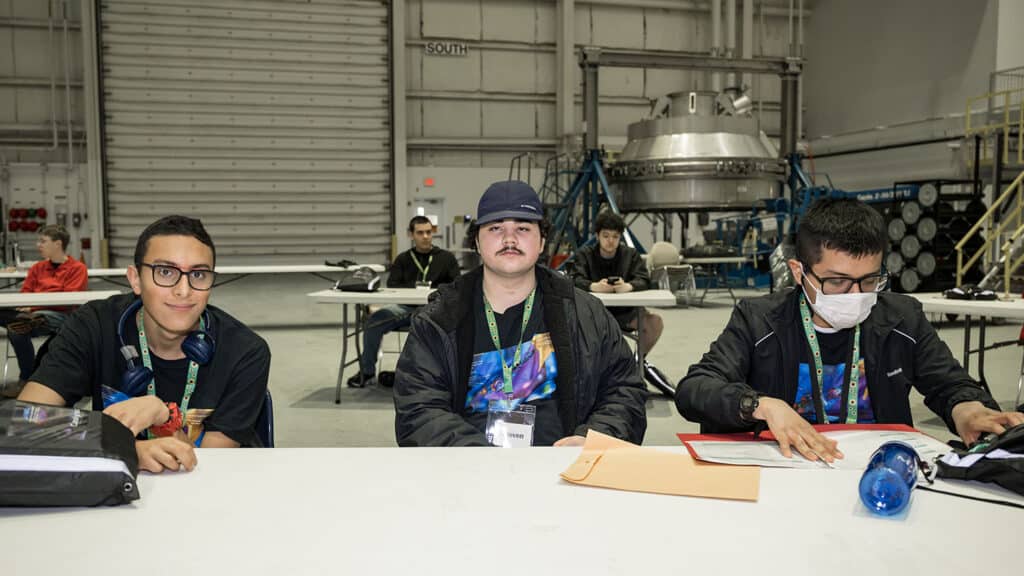
Getting Behind-the-Scenes Looks and Hands-on Opportunities
Our three days at NASA were jam-packed. We had a behind-the-scenes tour of the NBL — we got to see some of the tools astronauts use and how they are made, and we met NASA engineers and divers. We coded moon rovers and got a nighttime private tour of the Space Center Houston. We also touched a moon rock.
On the second day, we got a VIP tour of the Johnson Space Center, where we saw the astronaut training facilities, met Astronaut Drew Morgan and saw NASA robotics, including a new robot. We learned about mission control jobs and visited the Historic Mission Control Center, where NASA monitored the Apollo 11 mission. We sat on a shuttle seat and a space toilet. At night, we got to build and launch Estes Rockets and build heat shields at Space Center Houston. On our last day, we saw the Saturn V rocket and went inside a model space shuttle.
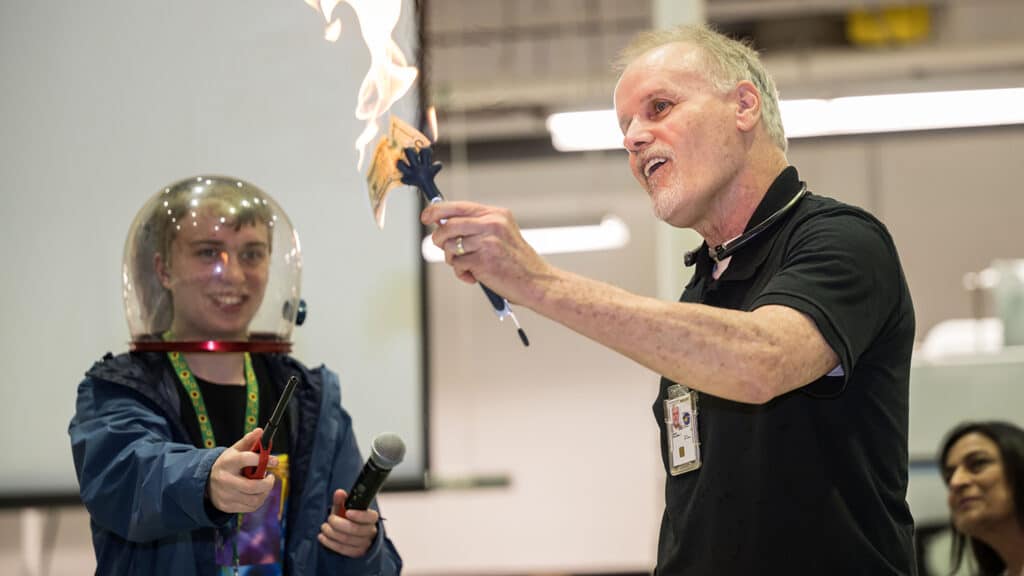
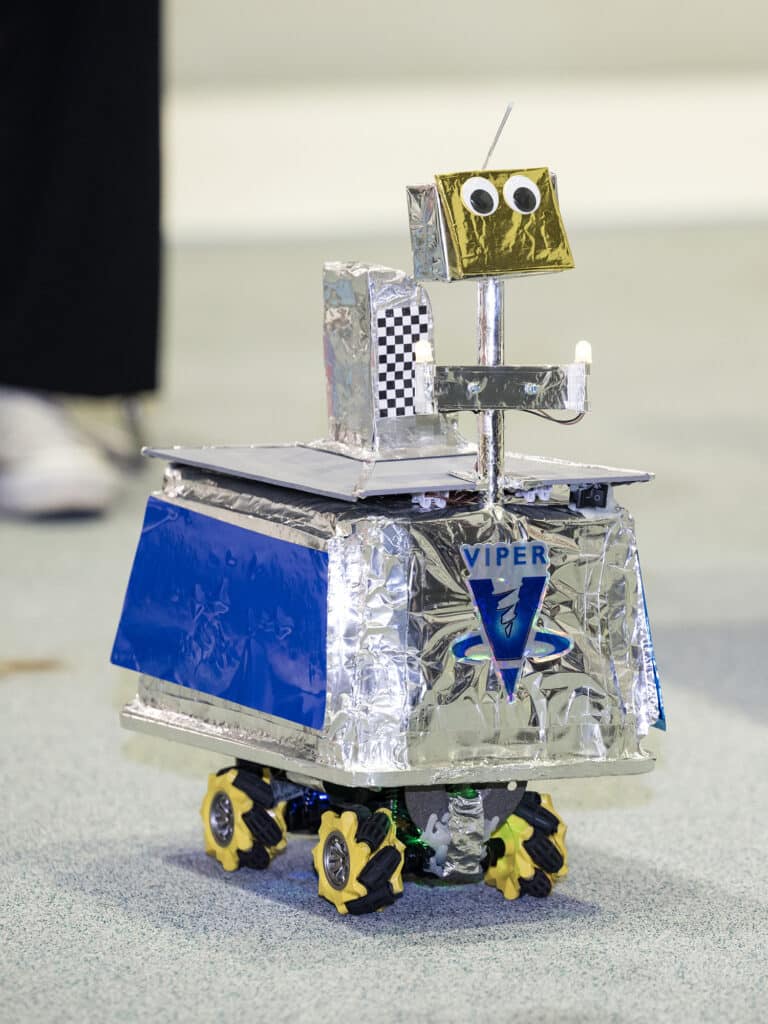
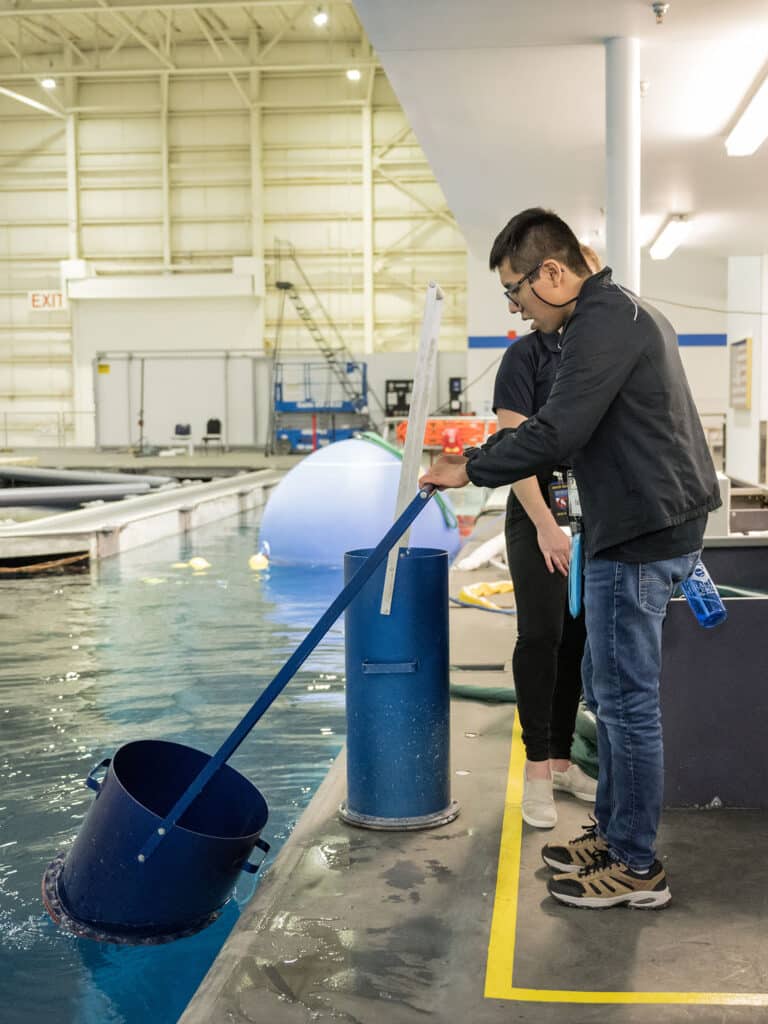
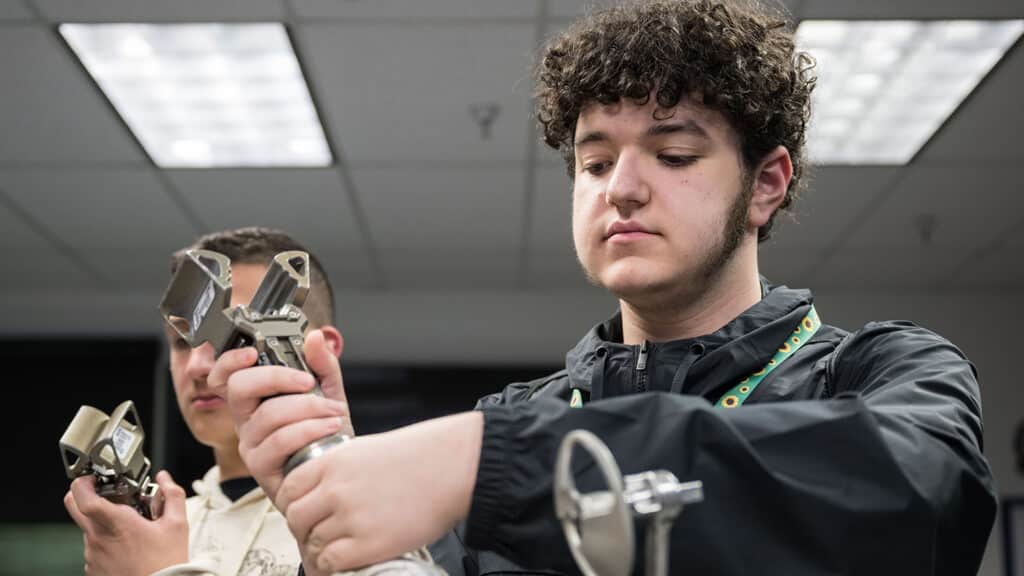
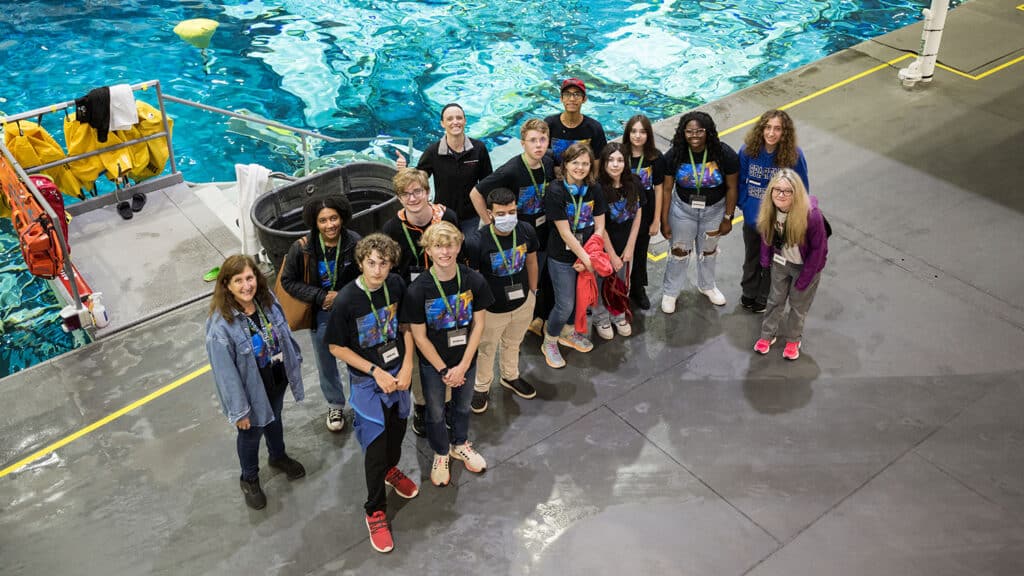
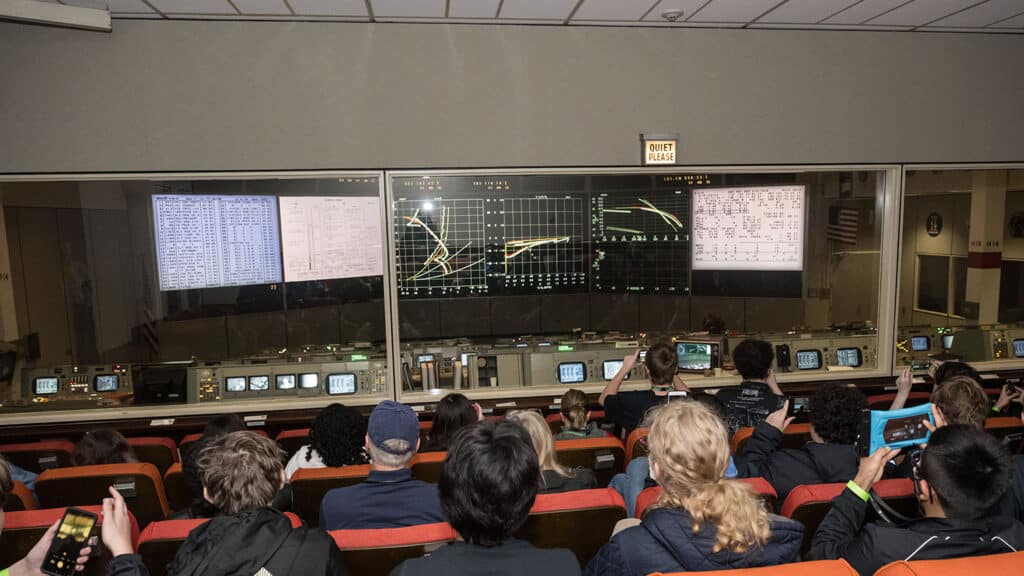
Dreaming Big
At the end of our trip, the NASA team took our resumes and inspired the students to pursue STEM careers. We want to thank everyone — Tracy Minish, the team at NASA and everyone who donated to Catalyst to fund the trip — for making this opportunity possible for us! The students did a fantastic job, asked many great questions and were very engaged learners. We all are dreaming big now and looking to leap into STEM careers at NASA!
- Categories:
